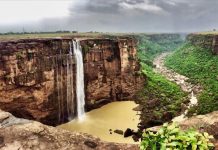Here Are The Things You Should Know About World’s Longest Hirakud Dam
Situated 15 km upstream of Sambalpur district, the Hirakud Dam project is indeed a huge benchmark in the history of India, not only as a dam but also the first ever river valley project of the independent India.
Hirakud dam is the longest dam in the world that stretches around 26 km that stands proudly as a colossal display of the agile and unbeatable technological achievement of independent India.
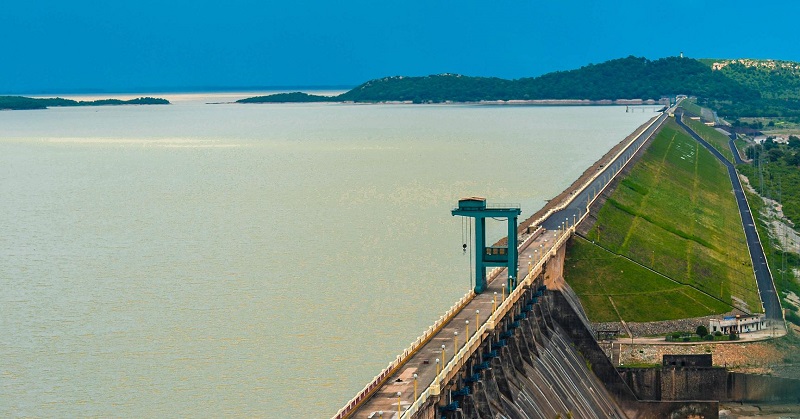 Mahanadi is a huge river estimated to be around 858 km long that flows across the states of Chhattisgarh and Odisha majorly and Madhya Pradesh marginally. Floods had then become frequent in Odisha that acclaimed the infamous name “sorrow of Odisha” to Mahanadi. It was imperative to control the devastating deluges of the river especially when the water flow of the river generally equivalents to that of the Ganges in times of torrential downpours.
Mahanadi is a huge river estimated to be around 858 km long that flows across the states of Chhattisgarh and Odisha majorly and Madhya Pradesh marginally. Floods had then become frequent in Odisha that acclaimed the infamous name “sorrow of Odisha” to Mahanadi. It was imperative to control the devastating deluges of the river especially when the water flow of the river generally equivalents to that of the Ganges in times of torrential downpours.
It was then that the Hirakud dam project was proposed by Sir M Visveswaraya and the construction began in 1948 and the dam was inaugurated in 1953 by India’s first Prime Minister Pt. Jawaharlal Nehru.
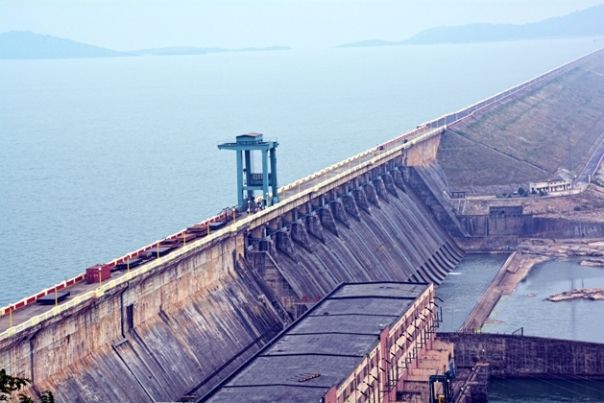
Structure and cost
The dam drains 75,000 sq. km. of land which is twice the area of Sri Lanka. It has 98 flood gates, 64 sliding gates and 34 crest gates to release flood water, which indeed makes it the longest dam in the world.
Hirakud dam is indeed a 1000 million INR project which in today’s date would be worth some 500 billion bucks.
Irrigation
Odisha is a fertile land, however it is also undeniable that the lands besides good climatic conditions most preferably need good water supply for irrigation of crops. Although it was predicted to support 1,094,953 acres of land for cultivation of Kharif and Rabi crops, currently Hirakud Dam supports 267,825 acres of Rabi crops and 384,582 acres of Kharif crops of Bargarh, Bolangir, Sambalpur and Subarnapur. Several attempts are still made to enhance the water management system of the dam and the river.
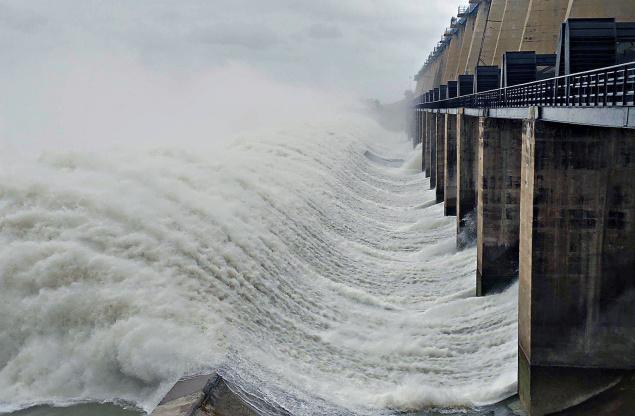
Hydroelectricity
The dam produces hydroelectricity through several hydro electrical plants. The two major power plants are in Burla and Chipilima. The dam generates 307.5MW power.
The Cattle Island
Cattle Island used to be a developed village once but during the settlement period prior to the construction of dam the people abandoned the village leaving the cattle behind. Some areas of the village submerged under the water while the cattle took to the hill top that under the influence of the water turned to an island. Now the Island is inhabited by wild cattle that were once domestic, white in color and much superior in size as compared to the normal tamed cattle. The island is situated on the far end of the reservoir and can be reached by a launch.
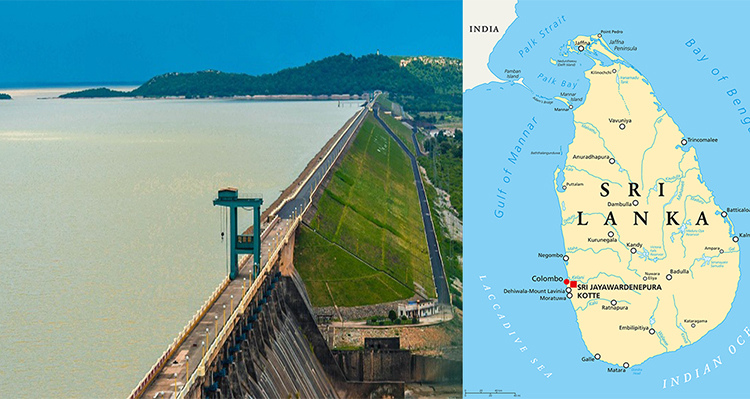
Site for migratory birds
Besides supporting vast agricultural land area and being the savior from floods, the Hirakud Dam is a fine birding site for migratory birds like the Common Pochard, Red Crested Pochard and Great Crested Grebe.
Artificial lake
Both sides of the dam have earthen dykes that makes Hirakud the largest artificial lake in India with two epic towers at each side. The “Gandhi Minar” and the “Nehru Minar” constructed with revolving platform pattern give a splendid panoramic view of the lake from above.




